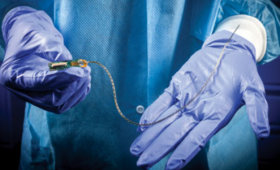New research provides a theoretical explanation for why self-organized fluid flows called zonal jets or “zonal flows” can be suppressed by the presence of a magnetic field.
Science and Technology Highlights

Lawrence Livermore and its partners are using microbes to convert carbon dioxide directly to renewable natural gas.

Livermore scientists are collecting, archiving, and documenting climate data sets to support coordinated climate modeling activities.
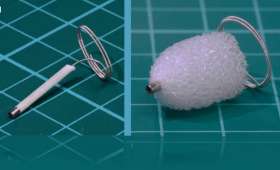
The Food and Drug Administration has approved the use of a medical device in humans partly developed at Livermore.

For the first time, scientists from Lawrence Livermore and five other organizations have shown that human influences significantly impact the size of the seasonal cycle of temperature in the lowest layer of the atmosphere.
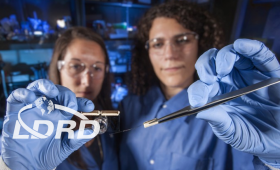
A new study compares drug responses in the brains of rodents to drug responses of brain cells cultured in Livermore-developed “brain-on-a-chip” devices
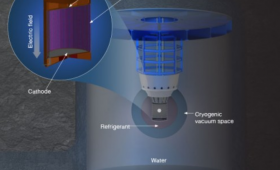
Livermore participates in an effort to observe extremely rare neutrinoless double-beta decay.

A firefighter enters a burning office building followed by several drones, searching for people in need of rescue. The drones scatter in different directions, moving down corridors and systematically scanning rooms.
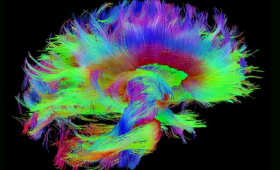
Livermore will use high-performance computing in partnership with other national labs and universities to improve the scientific understanding and treatment of traumatic brain industry.


